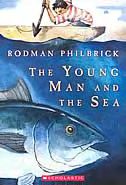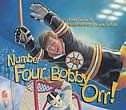NightJohn
An idea for using this book in the classroom is to use it during the month of February which is "Black History Month". I would attempt to create a small Jackdaw with this book showing pictures and artifacts from both American and Canadian history and their individual treatment of the African American/Canadian people. I am not completely familiar with the Canadian history of the African Canadian people but the American history is well documented. What I do know is that in the Atlantic provinces there is a large population of the African Canadian people and from my understanding, they were treated with disdain as well by the dominate people. I would want to explore this idea fully before making more of a comment, but this is one idea for this book







